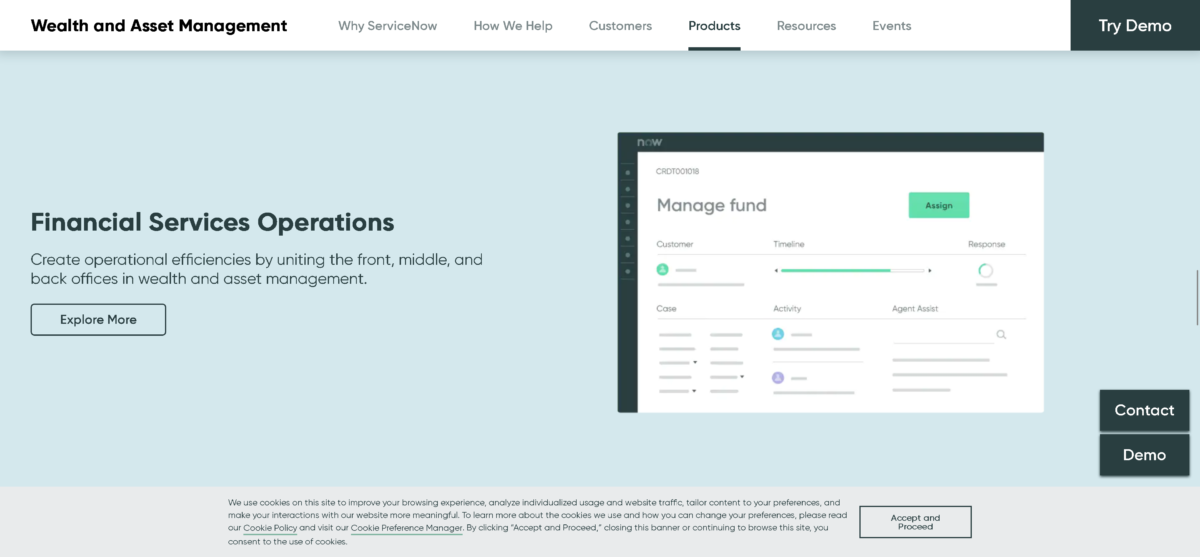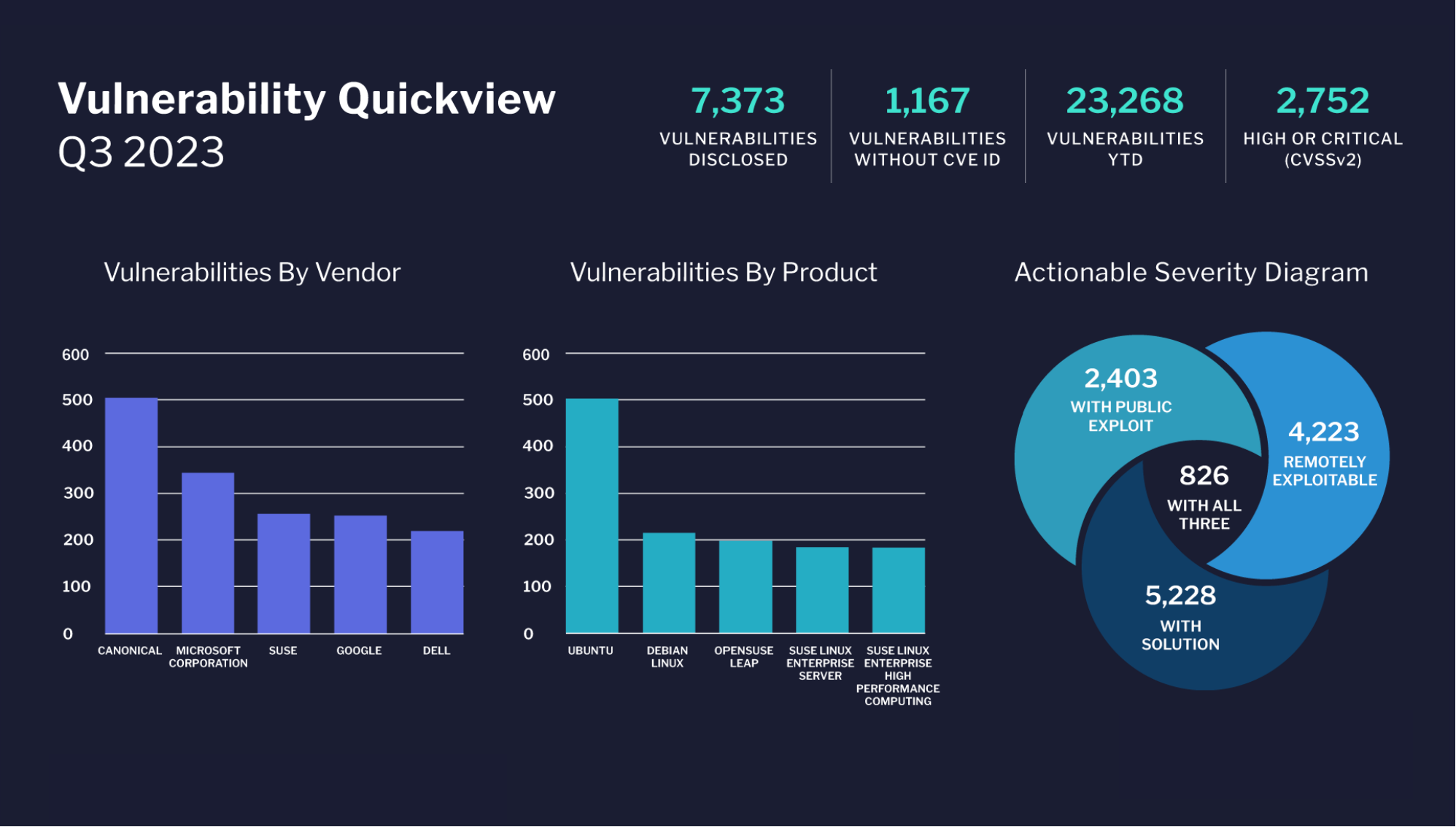The mobile and cloud revolution in enterprise IT is well underway and is already causing never-before–seen changes in the way apps are developed, managed and transformed. The driving factors behind these changes are massively empowered consumers who have information about a brand’s product and service at their fingertips on their mobile devices. It is imperative that brands follow consumers to track their needs and listen to their feedback in order to respond appropriately. To do this, an organization requires new kind of capability – an ability to engage, capture and integrate input into business processes to offer personalized experience to their clients. This is where the new competitive differentiation of an enterprise lies. This trend has resulted in enterprises funneling their IT investments into building and managing systems of engagement.
These trends imply that organizations will need to review the way they develop, support changes and manage their application landscape. Given the nature of requirements, an organization would need to develop their own digital platform which will comprise of tools and technologies to provide the above capabilities.
The following section describes the five essential capabilities an organization needs to develop in order to achieve hyper-productivity in their digital environments.
A brand needs to track the consumer across all channels to respond to client sentiments and concerns. An enterprise’s Social platform will need to possess the capabilities necessary to engage clients across social media channels such as Twitter, Facebook, Instagram and others. The content will need to be filtered for actionable insights and integrated with business processes to generate business value. More advanced corporations have their own versions of these social channels to connect with employees, clients and business partners.
The cloud provides enterprises with the ability to be extremely elastic, which is critical when it comes to digital systems. Consider for example a consumer electronics company that intends to launch a mobile marketing campaign to reach out to potential consumers on their upcoming launch of the new version of their mobile phone. The company needs to design this system in such a way that the app can support a load whose volume is unknown at design time. By leveraging the cloud, the company can design for scale without investing in infrastructure ahead of time. This is very important given the short life span of a marketing campaign, a capability which traditional methods of building and managing IT infrastructure for each project does not support.
Designing for mobile is an increasingly popular approach to address digital requirements. While developing native mobile apps on Android, iOS and Windows are the norm, standards like HTML5 will eventually catch up. It is crucial to build a repository of application reusable components which are readily accessible from repositories such GitHub, Subversion etc., for rapid assembly, integration, build and roll out of enterprise class mobile apps.
Digital programs are usually series of inter-related projects which are subject to constant changes in requirements. This implies that a digital initiative should be supported by a modern DevOps platform which supports the orchestration and integration of DevOps process with 3rd party development tools including development editors, source code version control systems like Git, continuous build and integration tools like Jenkins, project management tools and so on. A solid DevOps strategy will support a backlog of constantly emerging requirements, short sprint and release cycles across web / mobile channels.
A digital solution has more end-points than a typical web or a mobile application. These end points will need to be secured and guaranteed at all times. User authentication is typically done using multi-factor authentication mechanisms to ensure the integrity of user access. Provision for data encryption will need to be accommodated for at the design stage itself. Deploying of apps in a multi-tenant cloud environment or download of mobile apps into a user device can potentially induce threats and Vulnerabilities. A digital application must be proactively scanned for such threats. Technologies such as WAFs (Web Application Firewalls) could be adapted to such threats till a permanent fix is patched at the application layer.
In summary, the new digital world provides enormous opportunities for businesses to create competitive differentiation and business value. To tap into these opportunities, enterprises will need to adopt a platform approach towards creating systems of engagements which support continuous integration of new capabilities, and is scalable, secure and multi-channel.
By Madhavan Krishnan





